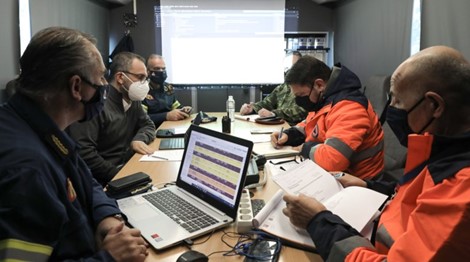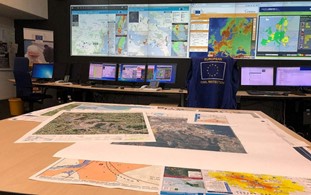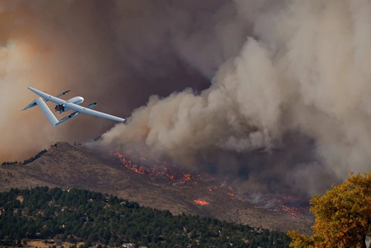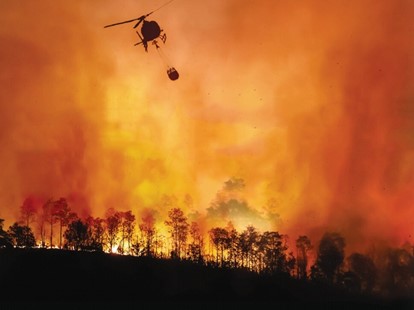Crisis Management is the set of processes and strategies for identifying and responding to threats and unanticipated events, such as natural or man-made disasters. It refers to all phases of disaster relief operations, including planning and preparation, actions taken during the outbreak of the crisis to minimize impact, and recovery actions. Among the greatest challenges in crisis management are the diversity of information and information sources and how they can be discerned, incorporated and exploited, the diversity of information users, with different entities, roles, needs and capabilities regarding technology use and finally, the dependence on IT infrastructures that could lead to vulnerabilities in case of failure or malicious attacks. The most recent advances and innovation trends in crisis management include the use of Artificial intelligence systems, such as AI-powered early warning systems, machine learning, computer vision and natural language processing (NLP), Geospatial Intelligence systems, with data from satellites, GPS, and geographic information systems (GIS), Internet of Things (IoT) sensors and devices, Big Data and Analytics solutions, Cloud Computing, Advanced Robotics, UAVs and finally Immersive Technologies, such as AR, VR and Digital Twins.
Given the complexity and depth of crisis management, research in new technologies that can assist involved stakeholders is deemed necessary, and towards this goal, M4D’s research is focused on: Multimedia retrieval and data fusion from multiple sources (such as web and social media mining, Earth Observation Satellites etc.) that can provide large volumes of timely information which can be combined and lead to the detection, monitoring and mapping of crisis events; Knowledge representation & reasoning that can provide involved stakeholders with all available information from the area of interest and be further enhanced by AI multimodal analytics; Decision support & visual analytics that can assess the severity of the crisis based on the information provided and visualize a crisis event, during and after its occurrence, in a geospatial, temporal and multimodal context.







